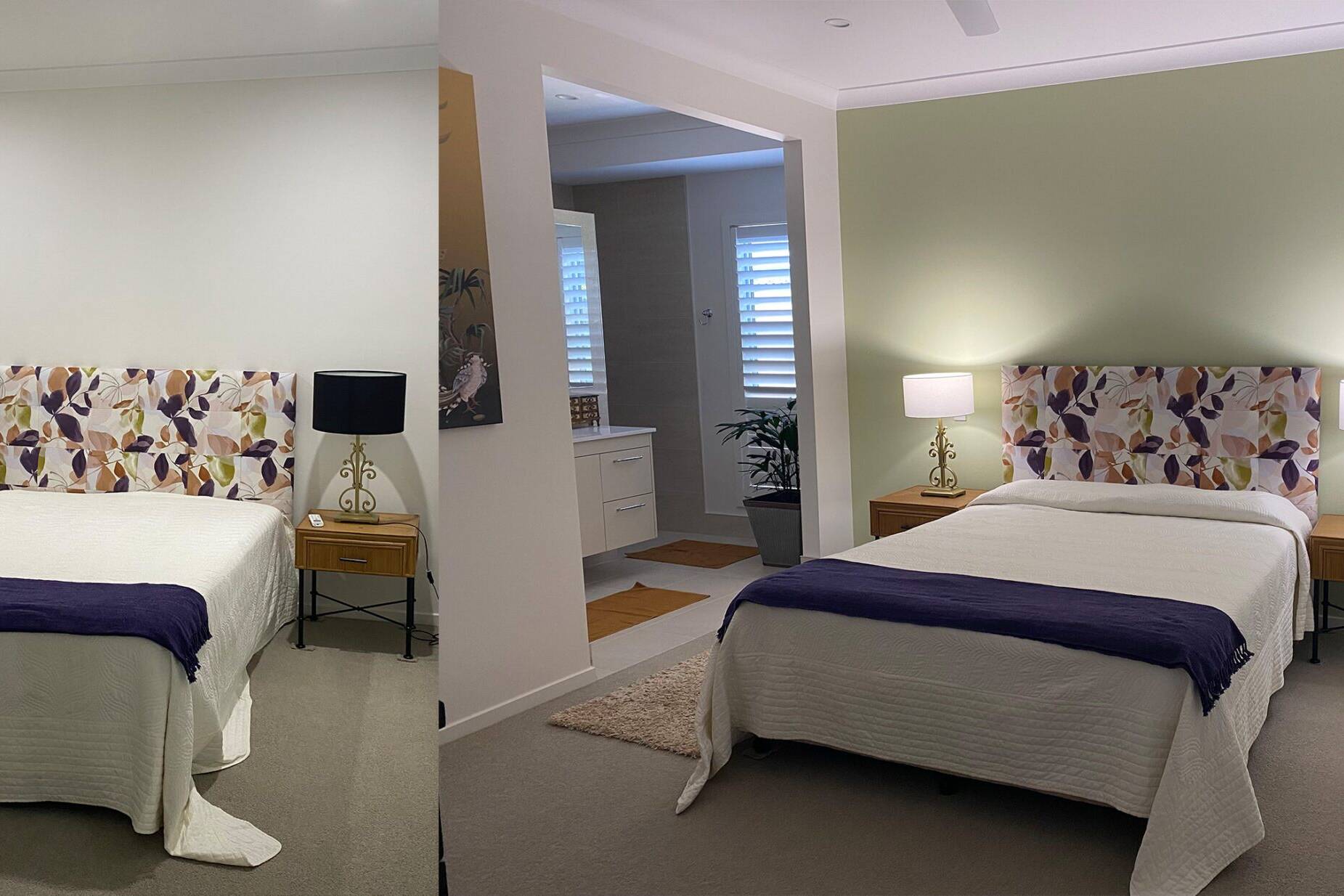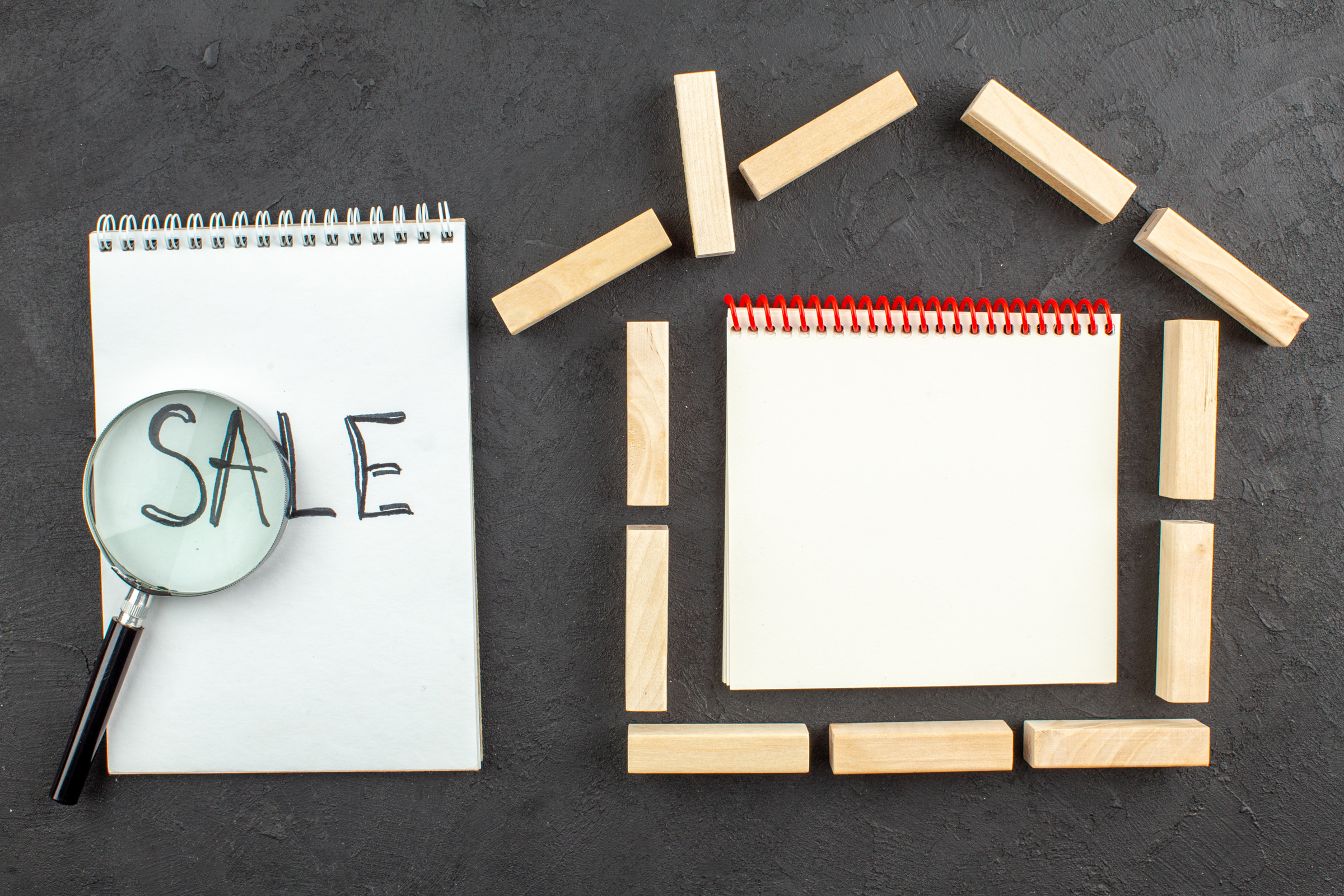1. Inspiration
Visit Display Homes
I think this is everyone’s go to place to get inspired! Really take note of what you like and don’t like when you visit these displays. Open drawers and even measure out the spaces to help with perspective.
Browse home interior and kitchen magazines
Our favourites are Grand Designs Australia Kitchens and Bathrooms and Kitchens and Bathrooms Quarterly.
Visit supplier showrooms
Suppliers invest in showrooms so you can see, touch, and feel their products before you buy so make use of them!
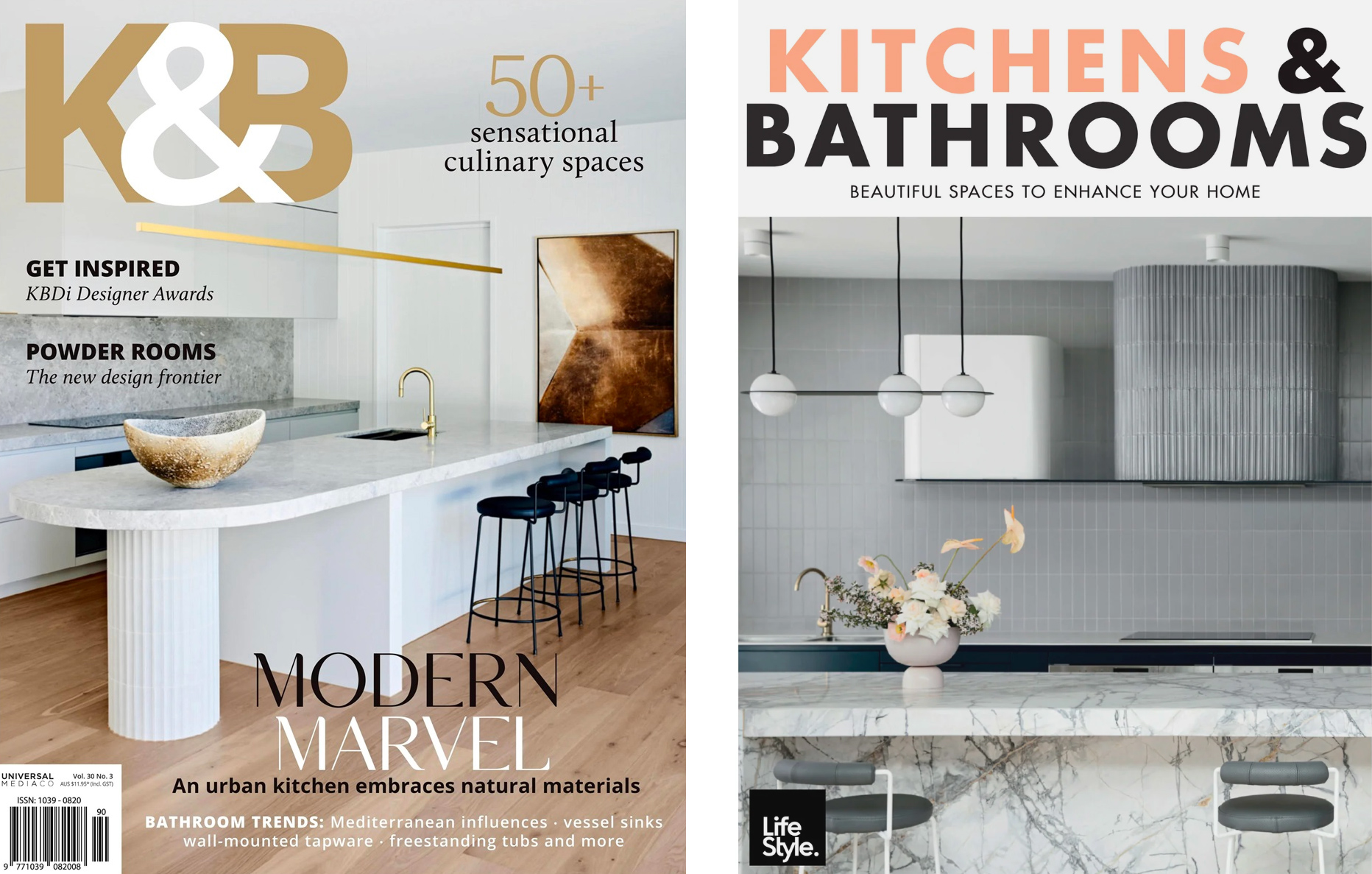
Our favourites are Grand Designs Australia Kitchens and Bathrooms and Kitchens and Bathrooms Quarterly.
2. Budget
Small standard custom kitchens start from around $30,000 with most custom kitchen renovations starting around $50,000. This will vary from state to state and city to rural areas too.
Make sure you include a contingency component of approx. 10%-20% in your budget.
3. Layout
Consider the size and flexibility of all users of the kitchen, or future use of the kitchen if planning to stay a while. Choose a layout that suits your function, style, and storage needs.
Plan out where items are be stored that you use regularly, and the type of storage required.
- What are you trying to achieve with a new kitchen?
- Is the existing layout not working for you?
- How much preparation space do you require?
- Do you cook often and what type of cooking?
- Is there more than one cook in the household to accommodate?
For more information on Layout, check out our blog post Choosing a Kitchen Layout.
4. Storage Solutions
There are many storage solutions on the market that can assist with access to a particular cabinet, keeping the area tidy or simplifying a task.
Don’t skimp on quality as these hardware items are used 24 hours a day, 7 days a week, 365 days a year! We recommend hardware brands Blum, Hettich or Hafele.
It’s best to speak with a Kitchen Designer to ensure you are aware of all the options available.
Blum’s SPACE TOWER Unit by Hafele
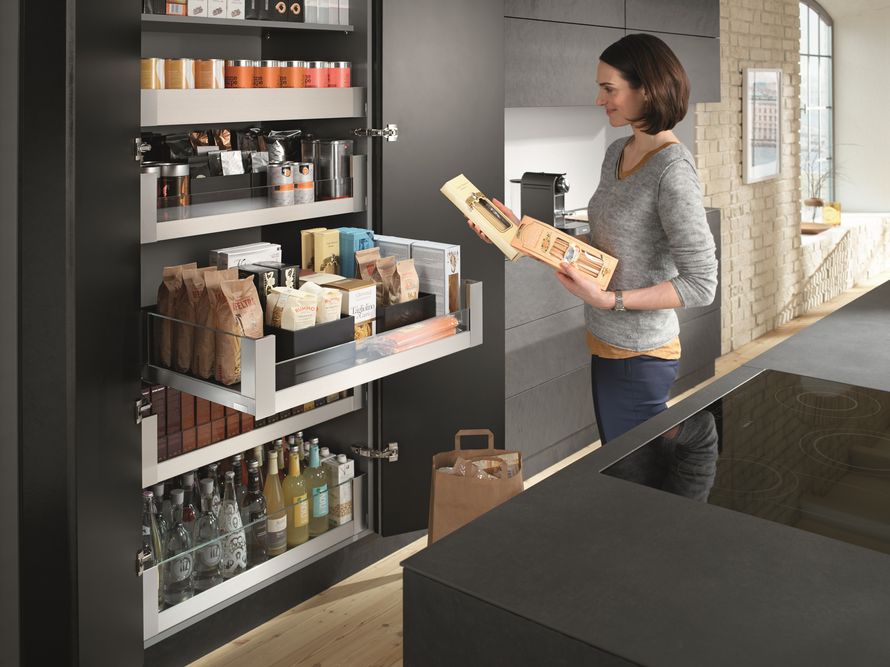
5. Materials
Choose your materials wisely as there are many options on the market with different pros and cons.
Benchtops – porcelain, engineered stone, solid surface, natural stone, laminate, and timber.
Cupboards – acrylic, solid surface, natural stone, laminate, and timber
Splashbacks – tile, mosaic, glass, murals, engineered stone, solid surface, acrylic and natural stone.
And of course, don’t forget floors if you are changing the layout, its an open plan space or the flooring needs replacing!
For more information on Materials, check out our blog post on Choosing Materials for Your New Kitchen.
5. Appliances
Look for energy efficiency in conjunction with your cooking requirements.
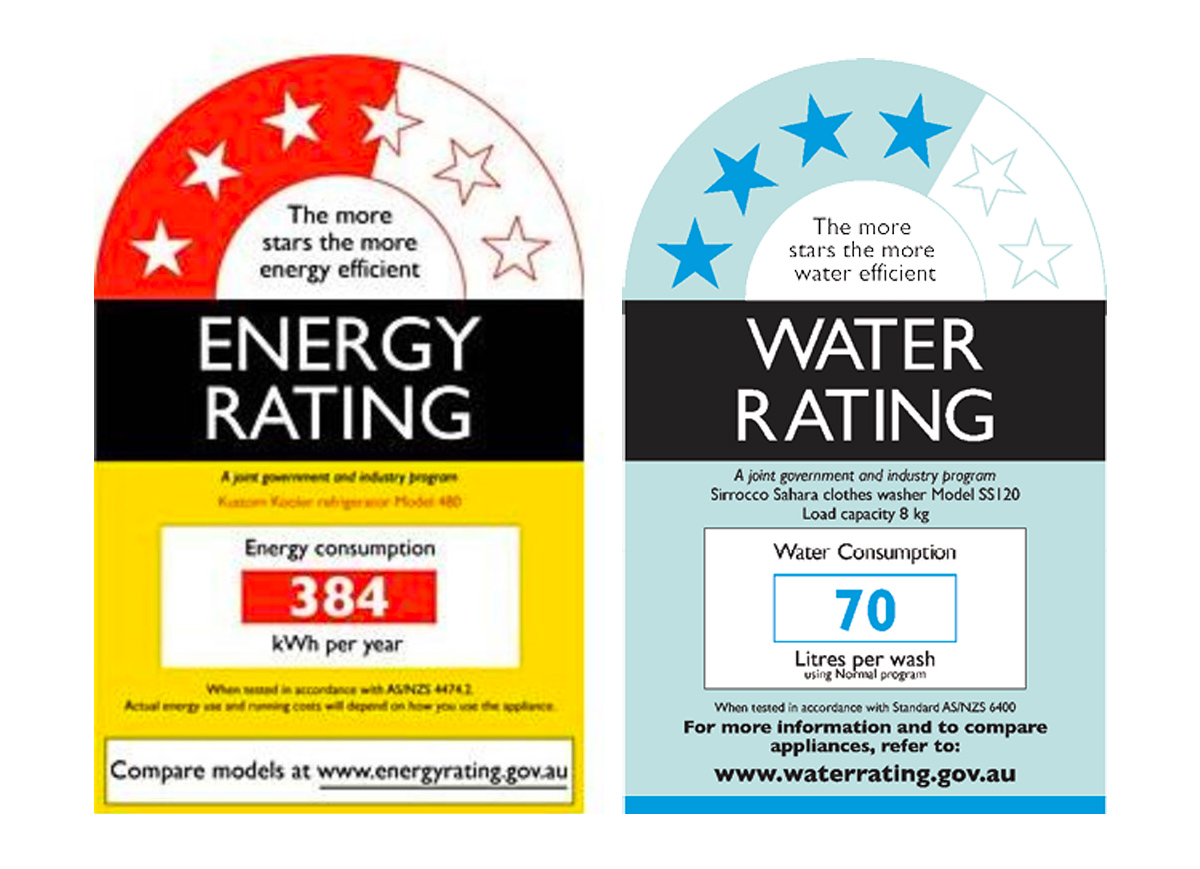
7. Lighting
Good lighting in kitchens is essential for function, design, and most of all safety.
There are 3 levels of lighting – general, task and feature.
General for lighting up the whole space,
Direct Task lighting for working under and
Feature lighting to highlight aspects of the kitchen for ambience.
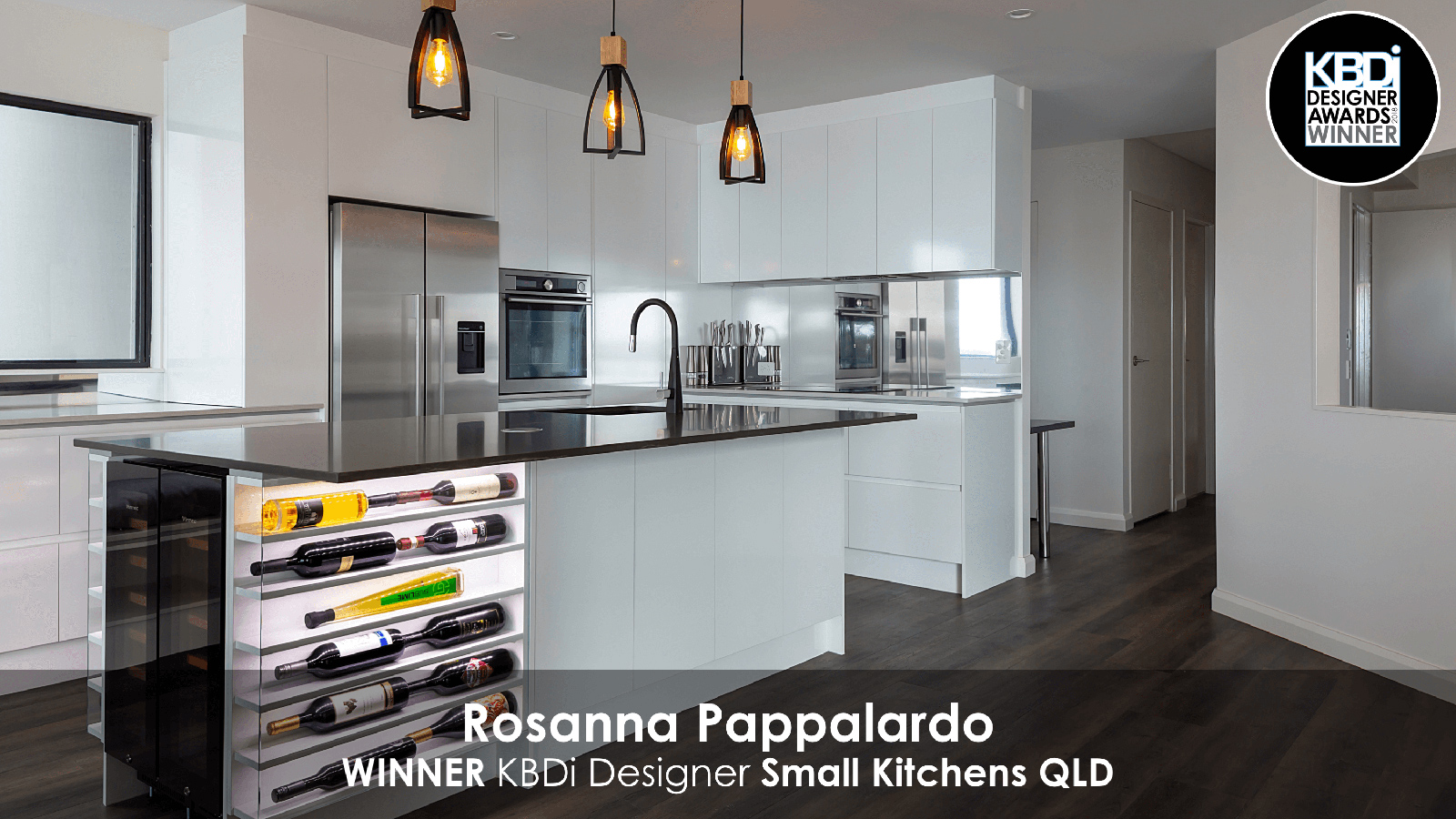
Good lighting in kitchens is essential for function, design, and most of all safety.
8. Seek Professional Guidance
If you are unsure about any aspect of your kitchen planning don’t hesitate to consult with a professional kitchen designer. They can offer valuable insights and help you make informed decisions that align with your budget, needs and vision.
Remember that your kitchen should be a reflection of your personal style and lifestyle. Take your time with the planning process, and don’t rush into decisions. Carefully consider your needs, budget, and design preferences to ensure the final product functions efficiently and becomes the heart of your home.
Related Posts
Transform Your Space – Wallpaper It!
Wallpaper is the comeback kid of the design world! Wallpaper has made a remarkable comeback,…
Transforming Your Space on a Budget
Flicking through glossy magazines, real estate photos online or visiting display homes, you can’t…
Should You Renovate or Sell? Tips for Making the Right Decision
When faced with the need for more space, updated features, or a change in lifestyle, many…


